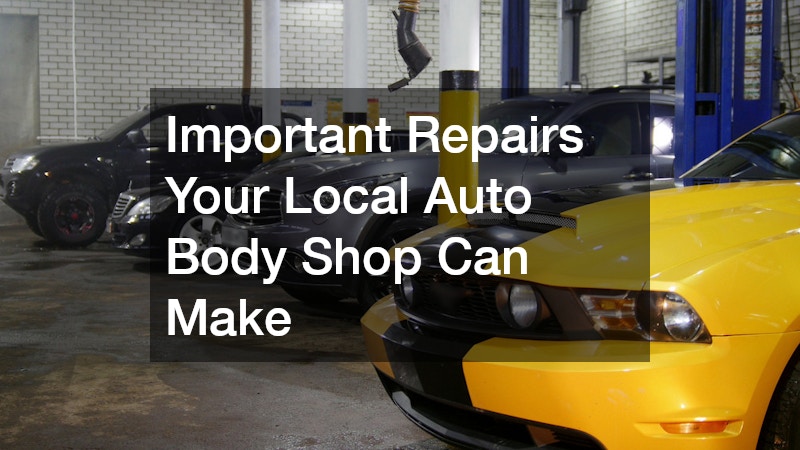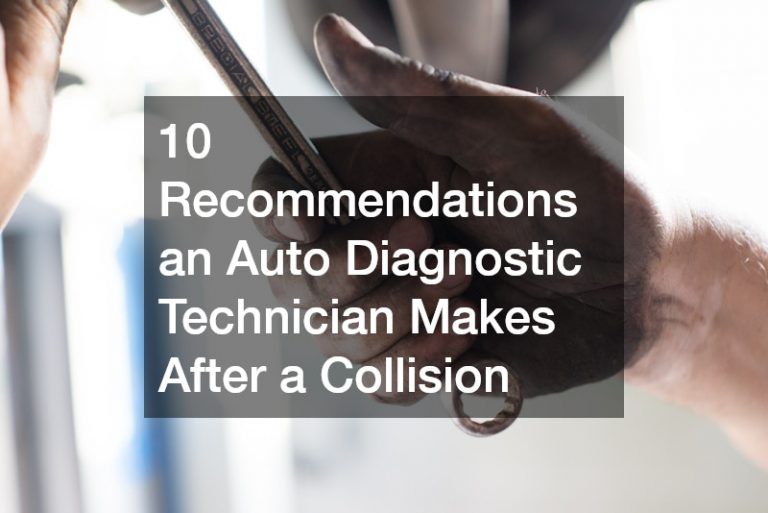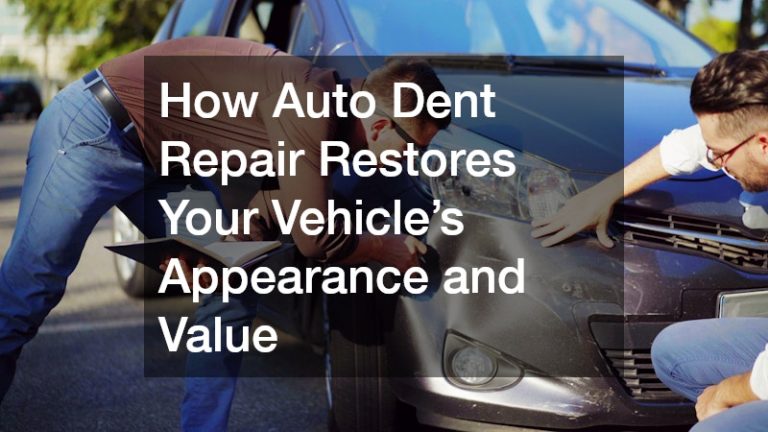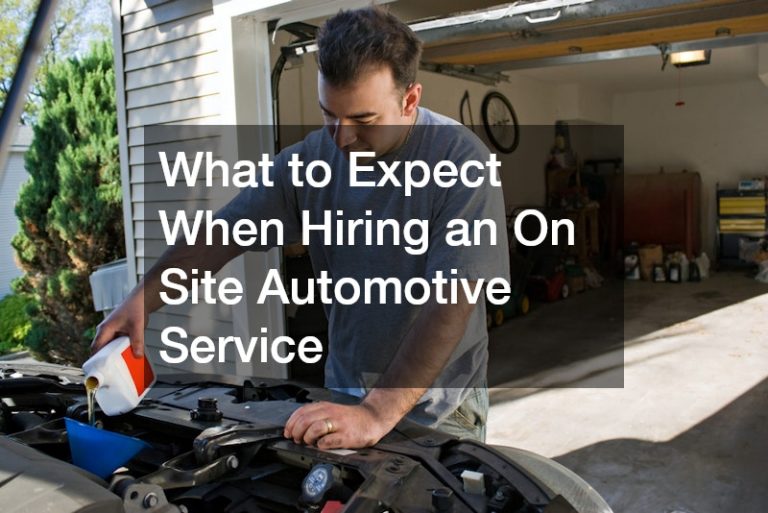

It’s important to understand the key repairs that your local auto body shop can perform and their importance for vehicle safety and aesthetics.
What Types of Body Damage Can Be Repaired?
When a vehicle experiences damage, it can range from minor cosmetics to serious structural issues. Auto body shops are equipped to handle a wide array of damage, including scratches and dents.
Routine wear and tear from daily driving can accumulate, necessitating visits to a skilled auto body shop.
One common issue auto body shops frequently address is collision damage. When vehicles are involved in accidents, they can suffer significant impacts that not only dent the exterior but also affect internal components. Repairing these types of damage is vital for restoring the vehicle to its pre-accident condition.
Additionally, it’s important to note that hail damage is another type of body damage that local auto body shops can repair efficiently. Specialized techniques such as paintless dent repair (PDR) have become popular for removing hail dents without the need for repainting. Understanding what types of damage can be repaired helps vehicle owners make informed decisions regarding auto body services.
How Does the Collision Repair Process Work?
The collision repair process typically begins with an initial assessment of the damage. Technicians carefully inspect the vehicle to identify the extent of repairs needed. This step is essential as it sets the foundation for a comprehensive repair strategy that will restore safety and functionality to the vehicle.
Once a thorough assessment is completed, the auto body shop will create a detailed repair plan. This plan often includes obtaining the necessary parts and materials, as well as estimating the time needed to complete the repairs. Clear communication with the vehicle owner is also crucial during this stage to ensure expectations are aligned.
After parts are secured and the plan is in place, the actual repair work commences. This can involve a variety of techniques depending on the type of damage, such as frame alignment, panel replacement, and repainting. Following proper protocols ensures that the vehicle is not only aesthetically appealing but also safe for the road.
What Are the Benefits of Professional Auto Body Repairs?
One of the major benefits of professional auto body repairs is the guarantee of quality workmanship. Trained technicians have experience in handling various types of damage and know the best techniques to restore vehicles effectively. This ensures that repairs will withstand daily driving conditions and look great for years to come.
Moreover, professional auto body shops are equipped with specialized tools and technology unattainable for most DIY enthusiasts. These tools allow for precise repairs and can significantly reduce the repair timeframe. The level of detail and expertise that professionals bring to the table can mean the difference between a noticeable repair and a flawless finish.
Additionally, choosing professional services often comes with warranties and guarantees on the work performed. This provides peace of mind for vehicle owners, knowing that they are covered in case any issues arise post-repair. Overall, opting for professional services generally leads to better, long-lasting results compared to DIY methods.
When Should I Consider Paintless Dent Repair?
Paintless dent repair (PDR) is an effective option for dents that have not compromised the paint surface. If a vehicle has been hit by a minor object or engaged in a fender bender, PDR can be an ideal solution. Understanding when to consider this method can save vehicle owners time and money.
PDR is particularly advantageous for repairing hail damage, as the dents are often shallow and the paint is intact. Auto body shops specializing in PDR can quickly and efficiently remove these types of dents without the need for repainting, which preserves the vehicle’s original finish. This technique enhances the overall appearance while minimizing the repair costs.
However, it is essential to have an expert evaluate the damage to determine if PDR is suitable. In cases where the paint is cracked or the dent is too deep, traditional repair methods may need to be employed. Awareness of these nuances can assist vehicle owners in making informed choices regarding the most appropriate repair options available.
Why Is Frame Alignment Important After an Accident?
Frame alignment is a critical step in the auto body repair process, particularly following an accident. The frame of a vehicle serves as its structural backbone, providing the needed strength and safety for occupants. If the frame is misaligned, even subtly, it can lead to long-term issues that affect driving performance and safety.
Proper alignment ensures that all components of the vehicle function cohesively, enhancing overall stability while driving. If a vehicle has experienced significant impacts, technicians often use specialized equipment to check and adjust frame alignment accurately. This step is vital to prevent further damage and costly repairs down the line.
Neglecting frame alignment can also have repercussions on tire wear and fuel efficiency. Misalignment can lead to uneven tire wear, which can create safety hazards while on the road. Therefore, ensuring that frame alignment is part of the post-accident repair process is essential for maintaining vehicle longevity and ensuring driver safety.
Understanding the important repairs that your local auto body shop can make helps ensure your vehicle remains safe, functional, and appealing on the road. Whether dealing with minor scratches or significant collision damage, professional auto body services play a crucial role in maintaining the integrity of vehicles. By familiarizing yourself with the types of repairs available, the processes involved, and the benefits of professional assistance, you can make informed decisions to protect your investment.





